What's covered in this post
What is writing style?This is because Writing Style has more to do with rhetoric than grammar. Rhetoric is how an author uses diction, sentence structure, punctuation, and sentence and paragraph arrangement to convey emotion, evoke empathy, form a logical path of thought, and create narrators and characters that readers will trust. The 4 Elements of StyleWhile an author’s style may vary from project to project, it will remain consistent and recognizable overall. An author creates their writing style through the following elements: (1) Sentence length and complexity is the most basic aspect of style, in that it is the most recognizable. When you open a book or look at your writing, you can tell at a glance whether you use shorter or longer sentences, and simple or more complex sentences. The punctuation gives it away. More commas, dashes, parentheses, and semicolons are an indication you use longer, more complex sentences. You'll see a lot of ending punctuation marks (periods, exclamation points, question marks) if you use shorter, more simple sentences. You're going to have a variety of both, but you will notice that you're more likely to use a complex over a simple sentence. (3) Word choice focuses not only on the connotation and denotation but also on the word size and how you create compounds. (4) Favorite figures of speech (schemes and tropes) are how you add embellishment and decorate your prose, although that is not their sole function. Schemes involve the transference of word order, and tropes involve the transference of meaning. We'll be discussing the different types of schemes and tropes later in this series, but some examples of schemes include polysyndeton (many conjunctions), parallelism, and elision. Some examples of tropes are: metaphor, puns, and personification. 4 Factors that affect Style While the above four elements remain consistent overall and therefore recognizable, your Writing Style varies from project to project through the following four factors:
Exercise 1: Sentence length and complexity
0 Comments
Leave a Reply. |
AuthorSarah Hawkins is a geek for the written word. She's an author and freelance editor who seeks to promote and uplift the authors around her. Categories
All
Archives
December 2023
|
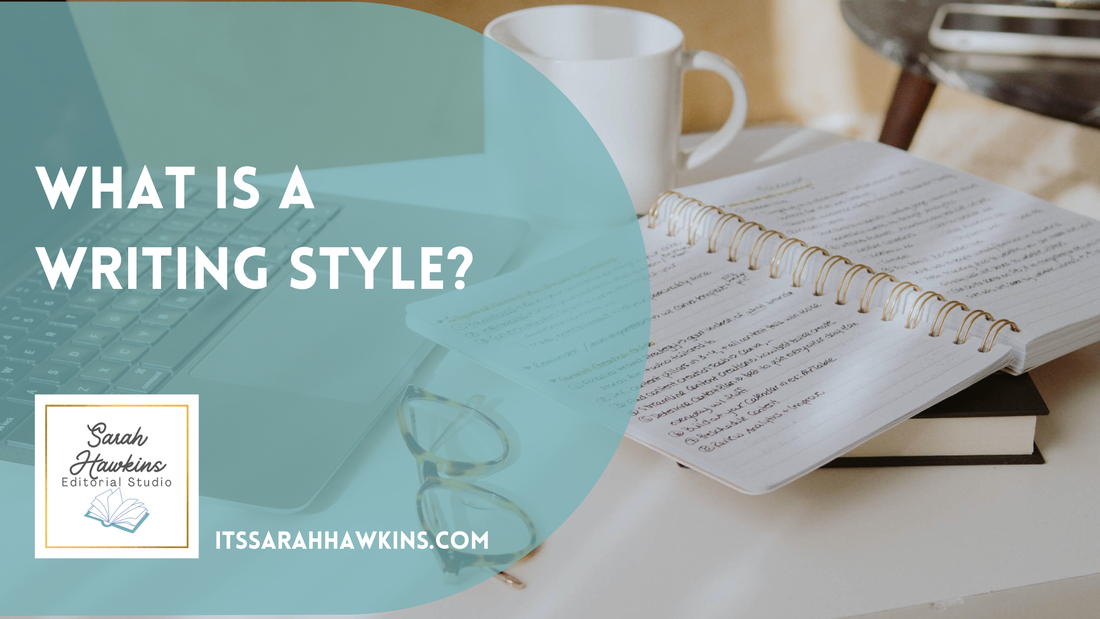
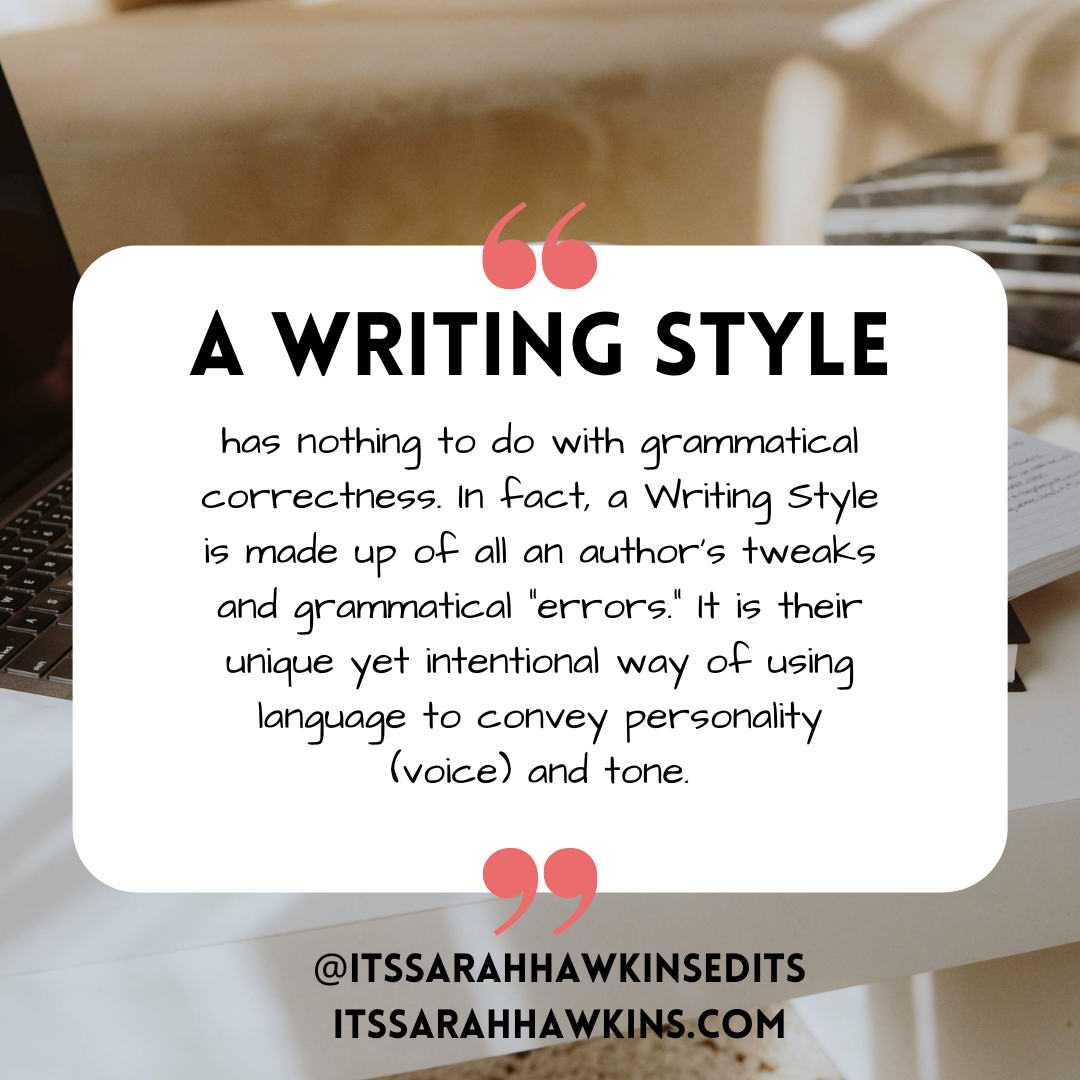
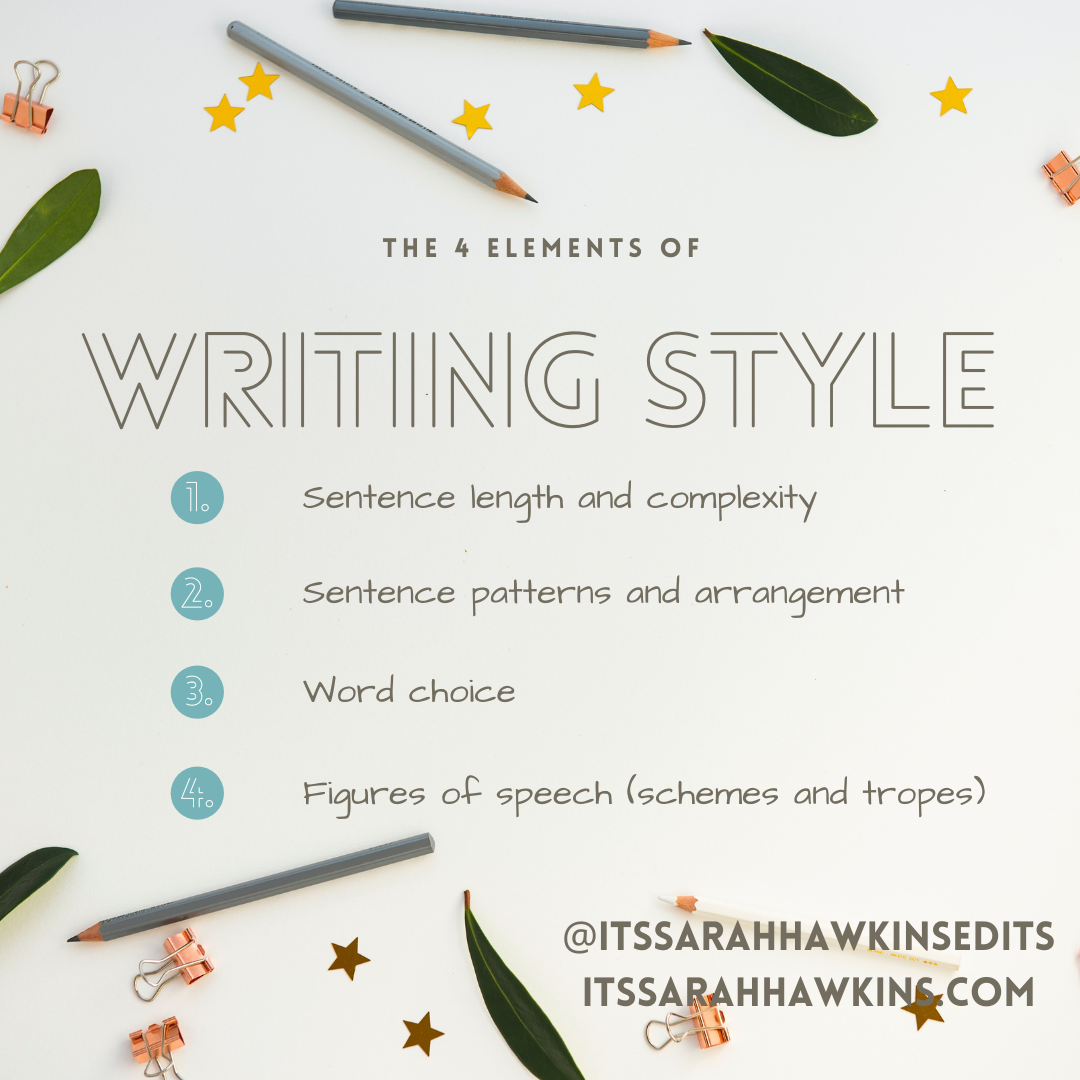
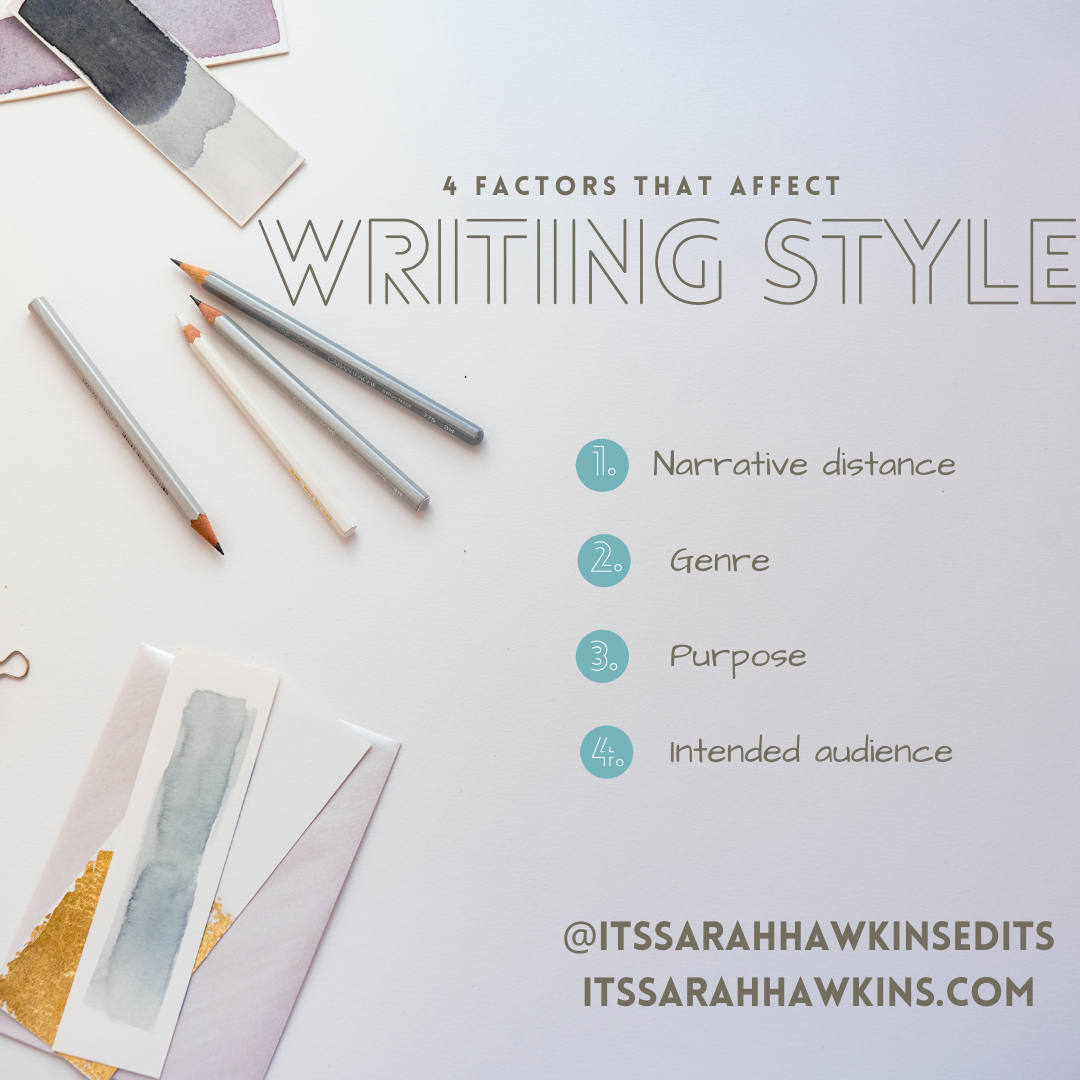
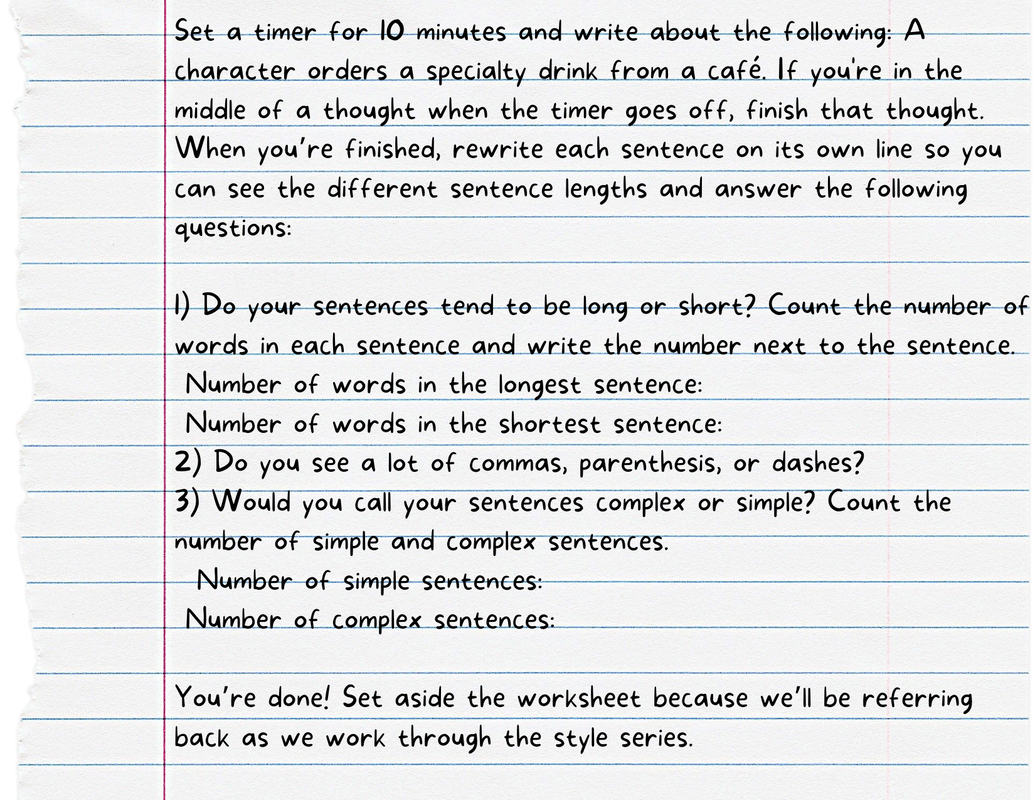
 RSS Feed
RSS Feed
